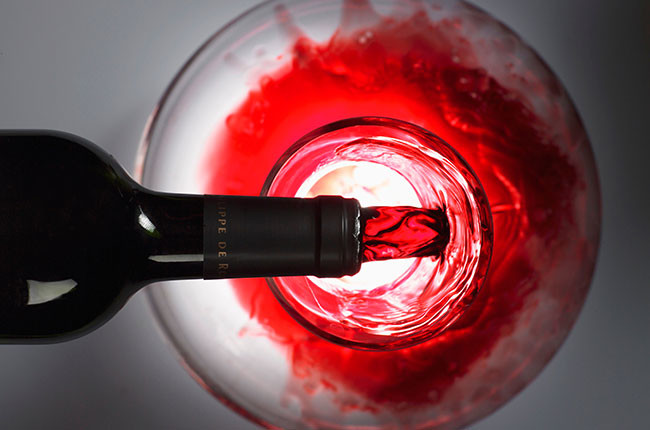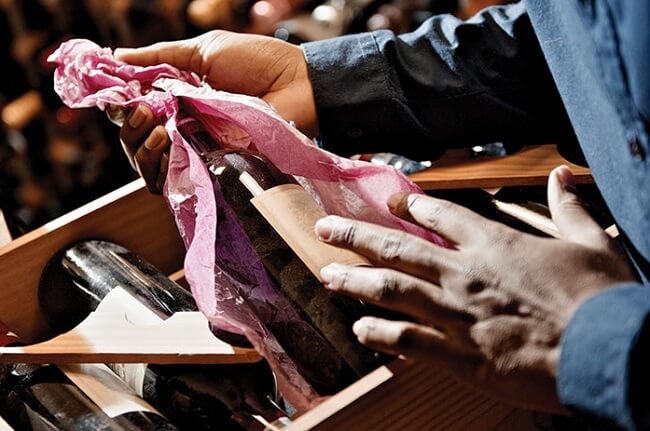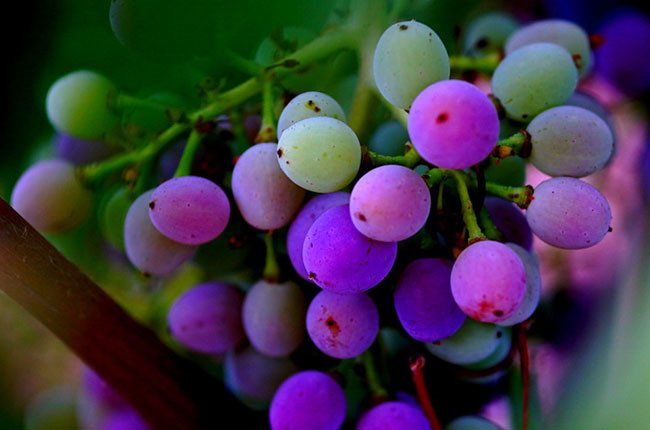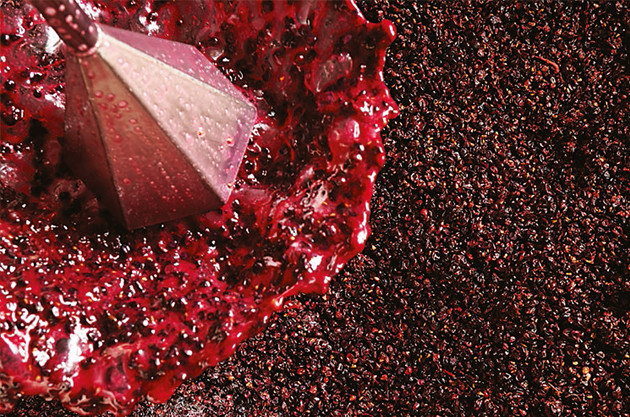Wine faults: Reduction
While certain grapes – Grenache, in particular – are predisposed towards oxidation, other varieties head in the opposite direction, towards reduction. According to a strict chemical definition, reduction is a process that involves the loss of electrons, but in the context of wine the use of the term suggests the presence of volatile sulphur compounds.

Grapes that are particularly prone to reduction include Syrah and Sauvignon Blanc, especially when wines made from these grapes are vinified or stored in ways that preclude exposure to oxygen. (Screwcaps have a particularly strong reductive influence on wines unless steps are taken at bottling to adjust conditions accordingly.) Wines that have had prolonged lees contact during the course of their maturation often acquire reductive characteristics as the dead yeasts have a potent antioxidative effect.
At their most extreme, reductive characters can take the form of off-putting aromas such as rotten eggs or boiled cabbage, but a bit of gentle reduction can add complexity. The struck match character associated with some barrel-fermented Chardonnays or Semillon-Sauvignon blends is a reductive one, as are the smoky/gunflint aromas of many Sauvignon Blancs. Indeed, some characters often described as being ‘mineral’ are, in fact, reductive notes.
Californian winemaker Jamie Kutch believes that a small amount of reduction can benefit barrel-aged whites (particularly Chardonnays) enormously. ‘In modest amounts, it makes my senses come alive,’ he says. ‘If done correctly, it can create a wine whose complexity exceeds any wine without it. Drinking such a wine can be an outright religious experience!’
Not everyone is a fan, though. Philippe Dulong, consultant winemaker for Chateau Brown, actively takes steps to avoid reduction in his wines. ‘That reductive thiol character masks a wine’s fruit,’ he explains, ‘and I do everything I can to ensure that my wines are all about purity of fruit.’
If, like Dulong, you’re not keen on reduction, you might like to know that reductive wines can often be rescued by exposing them to air in a decanter. Dropping a copper coin into a glass of reductive wine and swirling it about often improves matters, too – not to mention that looks quite impressive, in a nerdy kind of way.
Translated by Sylvia Wu / 吴嘉溦
All rights reserved by Future plc. No part of this publication may be reproduced, distributed or transmitted in any form or by any means without the prior written permission of Decanter.
Only Official Media Partners (see About us) of DecanterChina.com may republish part of the content from the site without prior permission under strict Terms & Conditions. Contact china@decanter.com to learn about how to become an Official Media Partner of DecanterChina.com.











Comments
Submit